Home>Articles>The Mid-Century Modern Makeover You Won’t Want To Miss
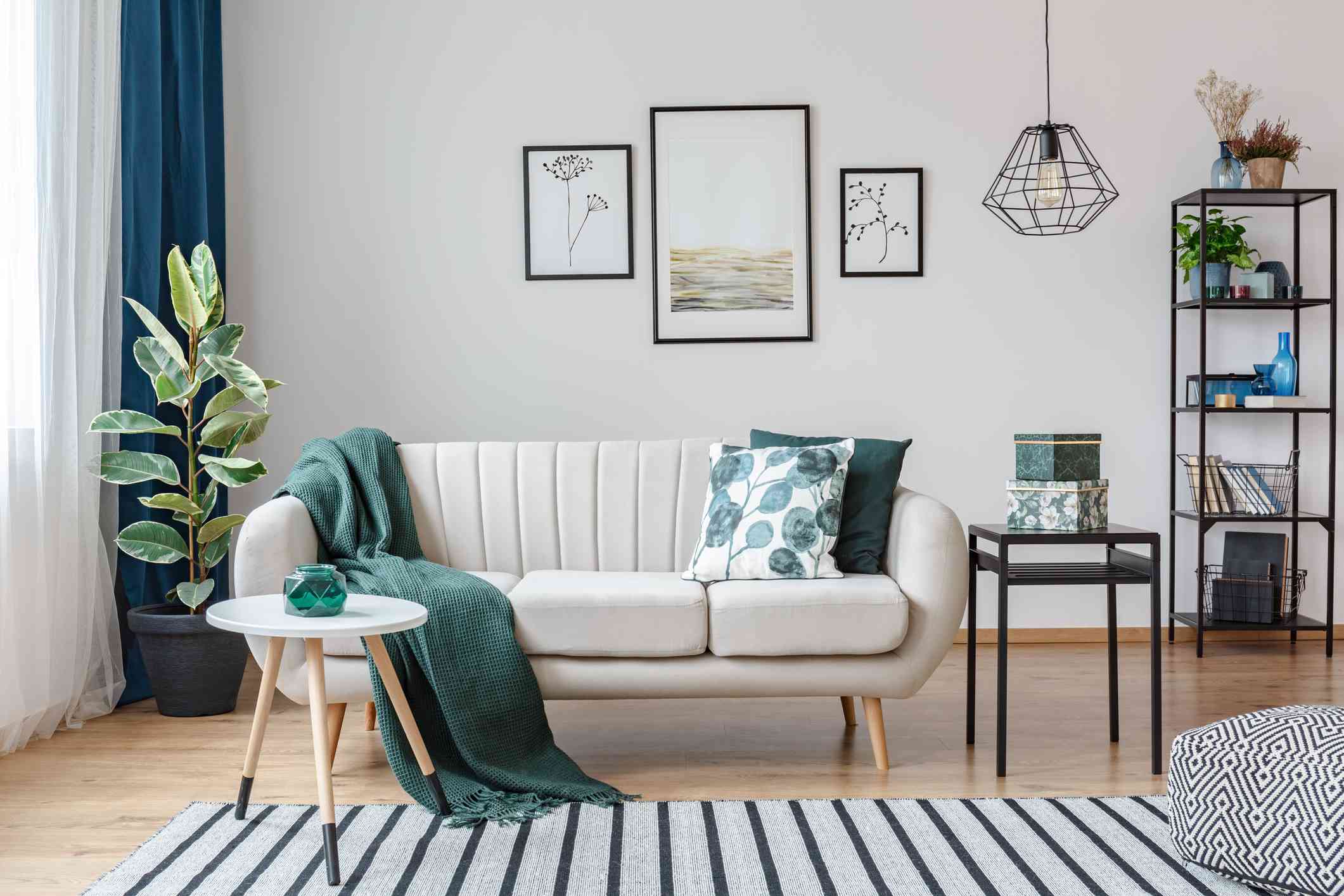

Articles
The Mid-Century Modern Makeover You Won’t Want To Miss
Modified: February 23, 2024
Discover the latest articles showcasing the stunning midcentury-modern makeover you won't want to miss. Dive into the world of design and get inspired today!
(Many of the links in this article redirect to a specific reviewed product. Your purchase of these products through affiliate links helps to generate commission for Storables.com, at no extra cost. Learn more)
Introduction
Welcome to the world of midcentury-modern design, where sleek lines, minimalist aesthetics, and timeless elegance collide. With its roots in the mid-20th century, this design style has seen a resurgence in popularity in recent years. From vintage enthusiasts to modern homeowners seeking a touch of retro charm, the midcentury-modern makeover has become a sought-after trend in the world of interior design.
But what exactly is midcentury-modern design? Where did it originate, and what sets it apart from other design styles?
Originating in the post-World War II era, midcentury-modern design is characterized by clean lines, organic shapes, and a focus on functionality. It emerged as a response to the ornate and elaborate designs of the preceding decades, offering a more simplistic and streamlined approach to interior design.
The midcentury-modern movement was driven by a desire to create affordable, well-designed furniture and décor that catered to the needs of the growing middle class. Influential designers such as Charles and Ray Eames, Eero Saarinen, and Hans Wegner played a significant role in shaping the style, emphasizing innovative use of materials, new manufacturing techniques, and a harmonious blend of form and function.
Fast forward to the present day, and midcentury-modern design has made a comeback, capturing the hearts of design-savvy individuals who appreciate its timeless appeal and ability to seamlessly blend with contemporary spaces.
In this article, we will delve into the world of midcentury-modern design and explore the key principles that define this style. We will also discuss how to incorporate midcentury-modern elements into your home to achieve a stunning makeover that captures the essence of this iconic design trend.
So buckle up and get ready for a midcentury-modern journey that will inspire and guide you to create a space that celebrates the best of both old and new.
Key Takeaways:
- Embrace the timeless elegance of midcentury-modern design by incorporating clean lines, organic shapes, and iconic pieces to create a space that balances retro charm with modern functionality.
- Update midcentury-modern style for the modern home by blending vintage elements with contemporary trends, integrating technology seamlessly, and experimenting with color and minimalism for a fresh and personalized makeover.
Read more: How To Make Mid-Century Modern Rugs
The Origins of Midcentury-Modern Design
To truly appreciate midcentury-modern design, it’s important to understand its origins and the cultural context in which it emerged. The style gained momentum in the years following World War II, as the world underwent significant social, economic, and technological changes.
One of the key influences on midcentury-modern design was the Bauhaus movement in Europe. The Bauhaus school, founded in Germany in 1919, sought to unite art, craft, and technology in a way that was accessible to all. The school emphasized functionalism, simplicity, and the use of new materials and production methods.
Many of the influential designers of midcentury-modern style, such as Charles and Ray Eames, were influenced by the teachings of the Bauhaus. They embraced the idea that design should be practical, affordable, and aesthetically pleasing, ultimately shaping the midcentury-modern movement.
Another key aspect of midcentury-modern design was the post-World War II economic boom in the United States. As prosperity increased and the middle class grew, there was a demand for affordable and stylish furniture and home goods. Midcentury-modern design fulfilled this need, offering a fresh and accessible approach to interior design.
The midcentury-modern movement also drew inspiration from architectural styles of the time, notably the International Style. This architectural movement emphasized simplicity, open floor plans, and the integration of indoor and outdoor spaces. These principles heavily influenced the design of midcentury-modern homes, which often featured large windows, open layouts, and a connection to nature.
Icons like Frank Lloyd Wright and Richard Neutra were known for their midcentury-modern architectural designs, which further popularized the movement and influenced the interior design of the era.
In the mid-20th century, the world was buzzing with anticipation for the future. Technological advancements, such as the introduction of plastics and new manufacturing techniques, allowed designers to experiment with innovative materials, shapes, and textures. This gave birth to iconic midcentury-modern designs that featured bold colors, geometric patterns, and unconventional materials.
Overall, midcentury-modern design was a response to the changing world and a reflection of the values and aspirations of the time. It embraced functionality, minimalism, and an optimistic spirit, which resonated with a generation seeking to create a better future.
Now that we have explored the origins of midcentury-modern design, let’s dive into the principles that define this iconic style and learn how to incorporate them into your own midcentury-modern makeover.
The Principles of Midcentury-Modern Style
Midcentury-modern style is defined by a set of principles that give it its distinctive and timeless appeal. Understanding these principles is essential for creating an authentic midcentury-modern makeover in your home. Let’s explore these principles and how they shape the design aesthetic of this iconic style.
1. Clean Lines and Organic Shapes: Midcentury-modern design emphasizes clean, geometric lines and organic shapes inspired by nature. Furniture and décor often feature straight lines, gentle curves, and a sense of simplicity that creates a visually pleasing and harmonious look.
2. Functionality: A key tenet of midcentury-modern design is functionality. The style champions practicality and purpose, with furniture and accessories designed to be both aesthetically pleasing and useful. Each element serves a purpose while maintaining a sense of elegance and simplicity.
3. Minimalism: Midcentury-modern style celebrates minimalism, focusing on the essentials and avoiding excessive ornamentation. Spaces are kept uncluttered, with a curated selection of furniture and décor that highlights their inherent beauty.
4. Use of Natural Materials: Midcentury-modern design incorporates natural materials such as wood, leather, and metal. These materials add warmth, texture, and a sense of authenticity to the space. From teak and walnut furniture to brass accents, natural materials are an integral part of the midcentury-modern aesthetic.
5. Bold Colors and Patterns: While midcentury-modern design embraces minimalism, it also welcomes bold colors and patterns. Vibrant hues such as mustard yellow, teal, and orange are often used to create focal points and add visual interest. Geometric patterns and abstract motifs are also common, adding a playful and dynamic touch.
6. Integration of Indoor and Outdoor Spaces: Midcentury-modern homes celebrate the connection between indoor and outdoor spaces. Large windows, sliding glass doors, and open floor plans blur the boundaries, allowing natural light to flood in and creating a seamless transition between the interior and the surrounding environment.
7. Iconic Design Pieces: Midcentury-modern style is synonymous with iconic design pieces that have stood the test of time. From the iconic Eames Lounge Chair to the Eero Saarinen Tulip Table, these classic pieces have become synonymous with midcentury-modern design. Incorporating these renowned pieces into your makeover adds a touch of history and authenticity to your space.
By understanding and embracing these principles, you can confidently embark on your midcentury-modern makeover journey. In the next sections, we will dive deeper into the specific elements and considerations involved in creating a midcentury-modern look, from color palettes and materials to furniture selection and lighting fixtures.
Elements of a Midcentury-Modern Makeover
A successful midcentury-modern makeover involves careful consideration of various elements that come together to create a cohesive and authentic look. From color palettes to furniture selection, let’s explore the key elements that make up a midcentury-modern makeover and how to incorporate them into your space.
1. Color Palette and Materials:
Midcentury-modern design often features a mix of warm and earthy tones, such as mustard yellow, avocado green, and teak brown. These colors evoke a sense of nostalgia and complement the natural materials commonly used in this style. Incorporate these hues into your walls, furniture, and accessories to establish a midcentury-modern color scheme.
In terms of materials, midcentury-modern design favors natural elements like wood, leather, and metal. Opt for furniture and accents made from teak, walnut, or rosewood to add warmth and authenticity to your space.
2. Furniture and Decor Selection:
When selecting furniture for your midcentury-modern makeover, look for pieces with clean lines, organic shapes, and a minimalist aesthetic. Think low-profile sofas, lounge chairs with tapered legs, and sleek coffee tables. Pay attention to the craftsmanship and quality of the furniture to ensure its longevity.
When it comes to decor, choose accessories that enhance the midcentury-modern vibe. Incorporate geometric patterns through rugs, throw pillows, and artwork. Display indoor plants to bring a touch of nature inside and add texture to your space. Midcentury-modern ceramics or iconic vintage accessories can also be great additions to complete the look.
3. Midcentury-Modern Lighting Fixtures:
Lighting plays a crucial role in creating the right ambiance for a midcentury-modern space. Look for lighting fixtures that feature clean lines and geometric shapes. Pendant lights with sculptural designs, floor lamps with tripod bases, and sputnik chandeliers are all popular choices for a midcentury-modern makeover.
4. Incorporating Iconic Midcentury-Modern Design Pieces:
No midcentury-modern makeover would be complete without incorporating iconic design pieces that have become synonymous with the style. These can be investment pieces or high-quality replicas. Consider adding the Eames Lounge Chair and Ottoman, the Noguchi Coffee Table, or the Arne Jacobsen Egg Chair to bring an authentic midcentury-modern feel to your space.
5. Updating Midcentury-Modern Style for the Modern Home:
While embracing the design principles of midcentury-modern style, it’s essential to adapt it to the needs and aesthetics of modern living. Consider integrating contemporary elements to create a harmonious balance. For example, mix midcentury-modern furniture with modern pieces to create an eclectic look. Incorporate technology seamlessly by hiding wires and blending in smart devices with the overall design.
Incorporating these elements into your midcentury-modern makeover will help you create a space that reflects the iconic style while maintaining functionality and modern appeal. In the next section, we will explore real-life case studies of midcentury-modern makeovers, showcasing how homeowners have successfully embraced this design aesthetic in their own homes.
Color Palette and Materials
The color palette and materials are fundamental elements of a midcentury-modern makeover. They set the foundation for the overall aesthetic and create the iconic midcentury-modern look. Let’s explore the key considerations when it comes to the color palette and materials for your midcentury-modern makeover.
Color Palette:
Midcentury-modern design often embraces a mix of warm and earthy tones, along with pops of bold and vibrant colors. These colors evoke a sense of nostalgia and can instantly transport your space back to the mid-20th century. Consider incorporating the following colors into your midcentury-modern color palette:
- Mustard Yellow: This rich and warm hue evokes a sense of retro charm. It can be used as an accent color on walls, furniture, or accessories to add a vibrant touch to your space.
- Avocado Green: Reminiscent of the nature-inspired color schemes of the midcentury era, avocado green adds a fresh and organic feel to your space. It can be used on kitchen cabinets, upholstery, or accent pieces.
- Teak Brown: Teak brown is a signature color of midcentury-modern design. It is often seen in teak wood furniture and flooring. Incorporate this warm, rich brown tone to create a cozy and timeless ambiance.
- Neutral Tones: While bold colors play a significant role in midcentury-modern design, neutral tones such as white, beige, and gray also have their place. These neutral shades provide a clean and timeless backdrop, allowing other elements in the space to shine.
Feel free to combine these colors in different ways, whether on walls, furniture, or accessories. Experimentation with color can help you achieve the desired midcentury-modern aesthetic while adding a personal touch to your space.
Materials:
When it comes to materials, midcentury-modern design favors natural elements that add warmth, texture, and authenticity to the space. Incorporating these materials is crucial for achieving an authentic midcentury-modern look. Consider the following materials for your midcentury-modern makeover:
- Wood: Midcentury-modern design often showcases the beautiful grain and warmth of wood. Look for furniture made from teak, walnut, or rosewood. These woods were commonly used during the midcentury era and continue to be iconic materials in midcentury-modern design.
- Leather: Leather upholstery is a common feature in midcentury-modern furniture. Opt for pieces with sleek leather upholstery or accents to add sophistication and timeless appeal to your space.
- Metal: Metal elements, especially brass and chrome, are prevalent in midcentury-modern design. Incorporate metal accents in lighting fixtures, coffee table legs, or decorative objects to add a touch of shine and modernity.
- Glass: Midcentury-modern design often embraces transparency and light. Integrate glass elements, such as glass-top tables or large windows, to create an open and airy feel within your space.
By incorporating these materials and colors into your midcentury-modern makeover, you can establish a visual foundation that captures the essence of this iconic design style. Remember to strike a balance between warm, earthy tones and bold pops of color to create a vibrant yet harmonious space.
Read more: How To Make A Mid-Century Modern Table
Furniture and Decor Selection
Choosing the right furniture and decor is essential for creating an authentic midcentury-modern look in your home. The furniture and accessories you select will set the tone and define the overall aesthetic. Let’s explore some key considerations when it comes to furniture and decor selection for your midcentury-modern makeover.
Furniture:
When it comes to furniture, midcentury-modern design is characterized by clean lines, organic shapes, and a minimalist aesthetic. Here are some key pieces to consider:
- Sofas and Lounge Chairs: Look for sofas and lounge chairs with low profiles and simple silhouettes. Tapered legs and sleek upholstery add to the midcentury-modern charm. Opt for fabrics such as tweed or leather to maintain the authentic vintage feel.
- Coffee and Side Tables: Choose coffee and side tables with clean lines and geometric shapes. Look for materials like wood, glass, or metal. The iconic Noguchi Coffee Table, with its sculptural shape and glass top, is a perfect example of midcentury-modern design.
- Storage Cabinets and Shelving Units: Midcentury-modern design emphasizes functionality, so incorporating storage solutions is essential. Look for cabinets, credenzas, and shelving units with sleek lines and minimalistic details. These pieces can add both style and organizational functionality to your space.
- Dining Furniture: For your dining area, opt for a table with a simple design and tapered legs. Match it with chairs featuring upholstered seats and backs, or go for the iconic Eames Molded Plastic Chair for an instantly recognizable midcentury-modern touch.
Decor:
Complementing your midcentury-modern furniture, the decor pieces you choose can enhance the overall aesthetic of your space. Here are some ideas for midcentury-modern decor:
- Rugs: Incorporate rugs with geometric patterns or bold colors to add a touch of visual interest to your floors. Consider designs inspired by the works of midcentury designers like Alexander Girard or Eero Saarinen.
- Pillows and Throws: Use pillows and throws with vibrant colors and abstract patterns to liven up your furniture and add a cozy yet stylish element to your space.
- Wall Art: Choose artwork that reflects the midcentury-modern aesthetic. Look for abstract or geometric pieces, as well as vintage posters or prints. You can also showcase photography or artwork from the midcentury era.
- Houseplants: Bringing nature indoors is an essential part of midcentury-modern design. Incorporate houseplants like palm trees, snake plants, or fiddle-leaf figs to add a touch of greenery and a connection to the natural world.
- Accessories: Consider incorporating accessories such as ceramic or glass vases, iconic midcentury-modern clocks, or vintage telephones to add the finishing touches and showcase your attention to detail.
When selecting furniture and decor for your midcentury-modern makeover, balance is key. Mix and match different pieces to create an eclectic yet cohesive look. Embrace the simplicity and functionality of midcentury-modern design while adding your personal touch through color choices and decorative accents.
By carefully curating your furniture and decor, you can create a space that pays homage to the iconic midcentury-modern style and reflects your own unique taste and personality.
When giving your home a midcentury-modern makeover, focus on clean lines, organic shapes, and a mix of materials like wood, metal, and glass to achieve the iconic look of this design style.
Midcentury-Modern Lighting Fixtures
Lighting plays a crucial role in setting the ambiance and enhancing the overall aesthetic of a midcentury-modern space. Incorporating the right lighting fixtures can help achieve an authentic and captivating midcentury-modern look. Let’s explore some iconic lighting fixtures that define the midcentury-modern style.
Pendant Lights:
Pendant lights are a staple in midcentury-modern design. Look for fixtures with clean lines, geometric shapes, and a sleek finish. Popular choices include the Nelson Bubble Lamp, which features a sculptural shade made of translucent material, or the Sputnik-inspired chandeliers with multiple arms pointing in all directions. These pendant lights serve as statement pieces that add both illumination and visual interest to your space.
Floor Lamps:
Midcentury-modern floor lamps often feature a tripod base and a slim profile. Look for designs that incorporate materials like metal and wood. Adjustable floor lamps, such as the Arco Floor Lamp, which features a curved arm and a large shade suspended from a marble base, are also popular choices in midcentury-modern interiors. These floor lamps provide both ambient and task lighting while adding a sculptural element to your space.
Table Lamps:
Table lamps in midcentury-modern design are characterized by their simplicity and elegant shapes. Look for lamps with a minimalist base and a fabric or glass shade. Designs that incorporate stacked spheres or organic forms, such as the George Nelson Cigar Table Lamp, evoke a timeless midcentury-modern charm. Place them on side tables, consoles, or bedside tables to add an inviting glow and a touch of midcentury-modern sophistication.
Wall Sconces:
Wall sconces in midcentury-modern design are often sleek and geometric, with a focus on providing both functional and ambient lighting. Look for designs that feature straight lines and minimalist detailing. The iconic Nelson Cigar Wall Sconce, for example, adds a sculptural element to any wall, while the Serge Mouille-inspired rotating arm sconces provide both direct and indirect lighting options. Install these sconces in hallways, living rooms, or bedrooms to create a warm and inviting atmosphere.
Chandeliers:
Chandeliers in midcentury-modern design make a bold statement and add a touch of glamour to your space. Look for chandeliers with clean lines, sleek finishes, and a touch of drama. The iconic Sputnik chandeliers, with their starburst-like design and multiple arms, are a popular choice in midcentury-modern interiors. Install them in dining areas or living rooms as a centerpiece that commands attention and adds a retro-futuristic vibe.
When incorporating midcentury-modern lighting fixtures, it’s important to consider the scale, proportion, and placement to create a cohesive and balanced look. Combine different types of lighting fixtures to achieve a layered effect, providing both ambient and task lighting as needed. And don’t be afraid to mix different finishes and materials to add visual interest and depth to your space.
By carefully selecting and incorporating midcentury-modern lighting fixtures, you can create a warm, inviting, and visually stunning environment that pays homage to the iconic design style of the midcentury era.
Incorporating Iconic Midcentury-Modern Design Pieces
One of the key aspects of a midcentury-modern makeover is incorporating iconic design pieces that have become synonymous with the style. These timeless pieces not only add a touch of history and authenticity to your space but also serve as focal points that capture the essence of midcentury-modern design. Let’s explore some iconic midcentury-modern design pieces and how to incorporate them into your own midcentury-modern makeover.
Eames Lounge Chair and Ottoman:
The Eames Lounge Chair and Ottoman is perhaps the epitome of midcentury-modern design. This iconic chair, designed by Charles and Ray Eames, combines comfort, style, and craftsmanship. With its sleek lines, molded plywood shell, and plush leather upholstery, the Eames Lounge Chair and Ottoman exudes timeless elegance. Incorporate this iconic piece into your living room or office to create a luxurious and sophisticated midcentury-modern focal point.
Noguchi Coffee Table:
The Noguchi Coffee Table, designed by Isamu Noguchi, is a sculptural masterpiece that perfectly exemplifies midcentury-modern aesthetics. With its organic shape and glass top supported by two interlocking wooden base pieces, this table adds an artistic touch to any living space. Place the Noguchi Coffee Table in your living room as a centerpiece, allowing its unique design to become a conversation starter and a focal point in your midcentury-modern makeover.
Arne Jacobsen Egg Chair:
The Arne Jacobsen Egg Chair is an iconic example of midcentury-modern design. This sculptural swivel chair, designed by Arne Jacobsen, features a curved shell-like form and plush upholstery, providing both comfort and style. Incorporate the Arne Jacobsen Egg Chair in your reading nook or living room to create a cozy and inviting spot that captures the essence of midcentury-modern elegance.
Bertoia Diamond Chair:
The Bertoia Diamond Chair, designed by Harry Bertoia, is an iconic midcentury-modern piece renowned for its sculptural metal frame and airy aesthetic. This wire chair adds a touch of modernity and a sense of lightness to any space. Place the Bertoia Diamond Chair in your dining area or as an accent piece in your living room to infuse your midcentury-modern makeover with a contemporary and artistic flair.
Saarinen Tulip Table:
The Saarinen Tulip Table, designed by Eero Saarinen, is a timeless midcentury-modern piece known for its clean lines and minimalist form. This pedestal table with a sleek marble or laminate top adds a modern and elegant touch to any dining area or kitchen. Incorporate the Saarinen Tulip Table into your midcentury-modern makeover to create a stylish and functional space that embraces the principles of midcentury-modern design.
When incorporating iconic midcentury-modern design pieces, it’s essential to consider how they will harmonize with your overall space. These pieces often serve as focal points, so pay attention to their scale and placement. Embrace the balance between vintage and contemporary elements in your space, ensuring that the iconic pieces seamlessly integrate with your chosen color palette, materials, and furniture selection.
By incorporating these iconic midcentury-modern design pieces into your makeover, you can create a space that celebrates the timeless appeal and innovative spirit of midcentury-modern design, while adding a touch of history and sophistication to your home.
Updating Midcentury-Modern Style for the Modern Home
While midcentury-modern design is rooted in the mid-20th century, it can be adapted and updated to suit the needs and tastes of the modern home. Updating midcentury-modern style allows you to blend the timeless aesthetics of the past with the functionality and design trends of today. Let’s explore some ways to bring the midcentury-modern style into the modern era.
Embrace Modern Materials:
While natural materials like wood and leather are characteristic of midcentury-modern design, incorporating modern materials can give your space an updated look. Consider using materials like glass, acrylic, and stainless steel alongside traditional materials. Experimenting with contemporary materials can add a fresh and sleek touch to your midcentury-modern makeover.
Mix Midcentury-Modern with Contemporary:
Blending midcentury-modern elements with contemporary pieces creates a dynamic and eclectic look. Incorporate modern furniture, accessories, or artworks that complement the midcentury-modern aesthetic. For example, pair a midcentury-modern sofa with a modern coffee table or hang contemporary artwork alongside vintage midcentury posters. This combination adds depth and visual interest while keeping your space relevant and unique.
Add Technology:
Integrating technology into your midcentury-modern makeover doesn’t mean compromising the style’s aesthetics. Conceal wires and cables to maintain the clean lines and minimalist look. Incorporate smart home devices in a seamless and unobtrusive manner. For example, hide a smart speaker within a midcentury-modern cabinet or install smart lighting that can be controlled via remote or voice command. By successfully integrating technology, you can enjoy the convenience of modern living without sacrificing the midcentury-modern ambiance.
Play with Color:
While midcentury-modern design often incorporates bold and vibrant colors, you can update the style by exploring a more subdued color palette. Opt for softer shades like pastels or neutrals to create a modern and sophisticated look. Use color strategically to highlight specific elements in your space, such as an accent wall or a statement furniture piece. Balancing pops of color with a more muted backdrop can create a contemporary twist on the midcentury-modern style.
Minimalistic Approach:
Simplicity and minimalism are core principles of midcentury-modern design that align well with contemporary aesthetics. Embrace the clean lines, uncluttered spaces, and functional design elements that midcentury-modern style offers. Consider decluttering your space and opting for sleek, unadorned furniture and accessories. A minimalistic approach gives your midcentury-modern makeover a fresh and modern feel, making it ideal for the modern home.
Updating midcentury-modern style for the modern home is about finding a balance between the timeless aesthetics of the past and the functionality and trends of today. By incorporating modern materials, blending different styles, embracing technology, experimenting with color, and adopting a minimalistic approach, you can create a unique and contemporary interpretation of the midcentury-modern style that suits your personal taste and the needs of your modern home.
Read more: Where To Buy Mid Century Modern Furniture
Case Studies: Real-Life Midcentury-Modern Makeovers
Real-life examples can provide inspiration and insight into the transformational power of midcentury-modern makeovers. Let’s explore two case studies of homeowners who successfully embraced the midcentury-modern style and created stunning makeovers in their own homes.
Case Study 1: The Retro Retreat
Homeowners John and Sarah were drawn to the midcentury-modern style for its nostalgic charm and clean lines. With a 1960s ranch-style home as their canvas, they embarked on a midcentury-modern makeover that would honor the home’s original design while incorporating a contemporary twist.
They started by selecting a warm and earthy color palette, featuring hues of mustard yellow, avocado green, and teak brown. The walls were painted in a muted gray to provide a neutral backdrop for vibrant furniture and accessories. John and Sarah sourced original midcentury-modern furniture pieces from thrift stores and online marketplaces, carefully restoring and reupholstering them to maintain their authenticity.
The couple incorporated iconic design pieces such as the Eames Lounge Chair and the Noguchi Coffee Table to anchor the living room. They mixed in contemporary pieces to add a fresh and eclectic touch. The lighting fixtures included a Sputnik chandelier that added a whimsical focal point to the dining area.
To update the midcentury-modern style for the modern home, John and Sarah integrated smart home devices seamlessly into their space. They opted for hidden speakers and smart lighting that could be controlled with their voice or smartphone. This combination of vintage charm and modern technology created a unique and personalized retreat that reflected their love for midcentury-modern design.
Case Study 2: The Modernist Oasis
James and Emily, a young couple with a love for sleek and minimalist aesthetics, transformed their 1970s split-level home into a modernist oasis infused with midcentury-modern style. Their goal was to create a space that felt open, airy, and uncluttered, while paying homage to the stylish design of the midcentury era.
They began by updating the color palette, choosing a neutral backdrop of white and light gray to enhance the sense of space. To add pops of color, they incorporated bold and vibrant accessories such as pillows and artwork. The furniture they selected had clean lines and minimalistic designs, combining midcentury-modern pieces with contemporary options for a harmonious blend.
Lighting played a crucial role in their makeover. James and Emily installed modern pendant lights with clean and geometric designs, adding an artistic touch to their dining area. They also incorporated wall sconces with adjustable arms, providing both ambient and task lighting while maintaining a minimalist aesthetic.
To update the midcentury-modern style for the modern home, James and Emily embraced technology. They installed a home automation system to control lighting, temperature, and security features seamlessly. The technology seamlessly integrated into the sleek lines and minimalist design of their midcentury-modern makeover, creating a sophisticated and efficient living space.
These case studies illustrate the versatility and adaptability of midcentury-modern style. By incorporating personal touches, blending vintage and contemporary elements, and integrating modern technology, homeowners can create unique and personalized midcentury-modern makeovers that suit their style, needs, and the character of their home.
Conclusion
The midcentury-modern style has stood the test of time and continues to captivate homeowners with its timeless appeal and sleek design. Whether you’re drawn to the nostalgia of the past or the clean lines of minimalist aesthetics, a midcentury-modern makeover can transform your home into a space that balances elegance, functionality, and a touch of retro charm.
By understanding the origins and principles of midcentury-modern design, you can embark on a makeover journey that captures the essence of this iconic style. Incorporate a color palette and materials that evoke the midcentury era, and select furniture and decor that embrace clean lines, organic shapes, and a minimalist aesthetic. Explore iconic midcentury-modern lighting fixtures to create the perfect ambiance and focal points within your space.
Updating midcentury-modern style for the modern home allows you to blend classic design elements with contemporary trends and technological advancements. Embrace modern materials, mix midcentury-modern with contemporary pieces, and play with color and minimalism to create a space that feels fresh, relevant, and uniquely yours.
Real-life case studies illustrate the versatility of midcentury-modern makeovers. Homeowners have successfully transformed their spaces by combining vintage charm with modern touches, creating personalized retreats that reflect their individual style and needs.
In conclusion, a midcentury-modern makeover is an opportunity to infuse your home with timeless elegance and a touch of retro allure. By incorporating the key elements of midcentury-modern design and adapting them to the modern era, you can create a space that is both visually stunning and functional. Embrace the principles of midcentury-modern style, blend it with your personal style and preferences, and let your creativity shine as you embark on your own midcentury-modern makeover journey.
Frequently Asked Questions about The Mid-Century Modern Makeover You Won't Want To Miss
Was this page helpful?
At Storables.com, we guarantee accurate and reliable information. Our content, validated by Expert Board Contributors, is crafted following stringent Editorial Policies. We're committed to providing you with well-researched, expert-backed insights for all your informational needs.
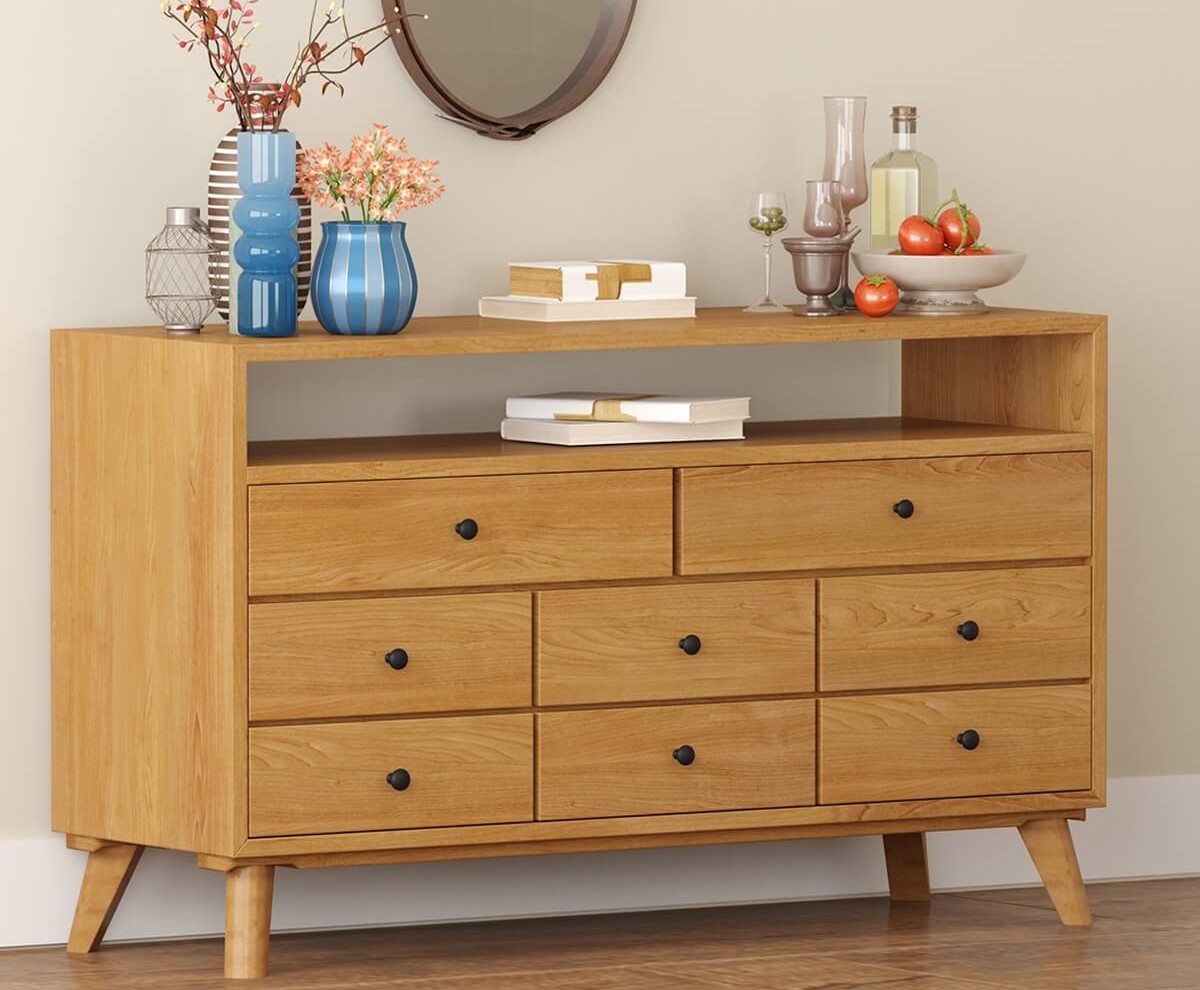
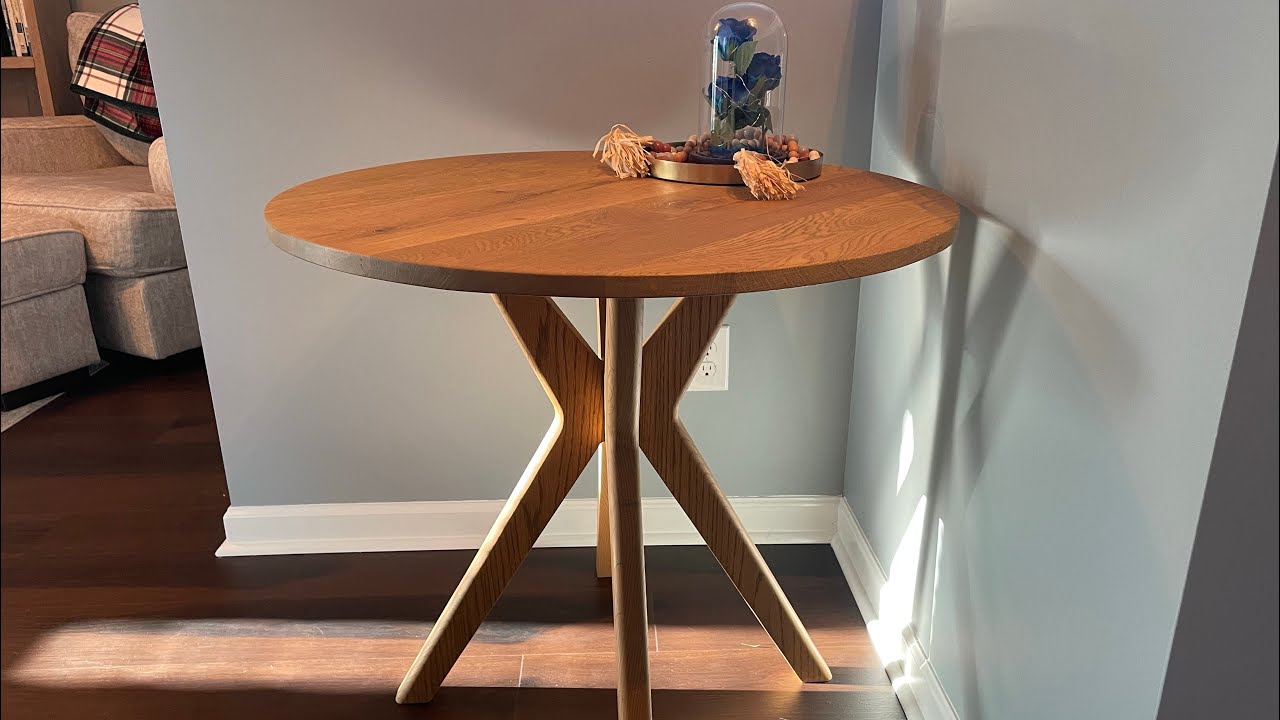
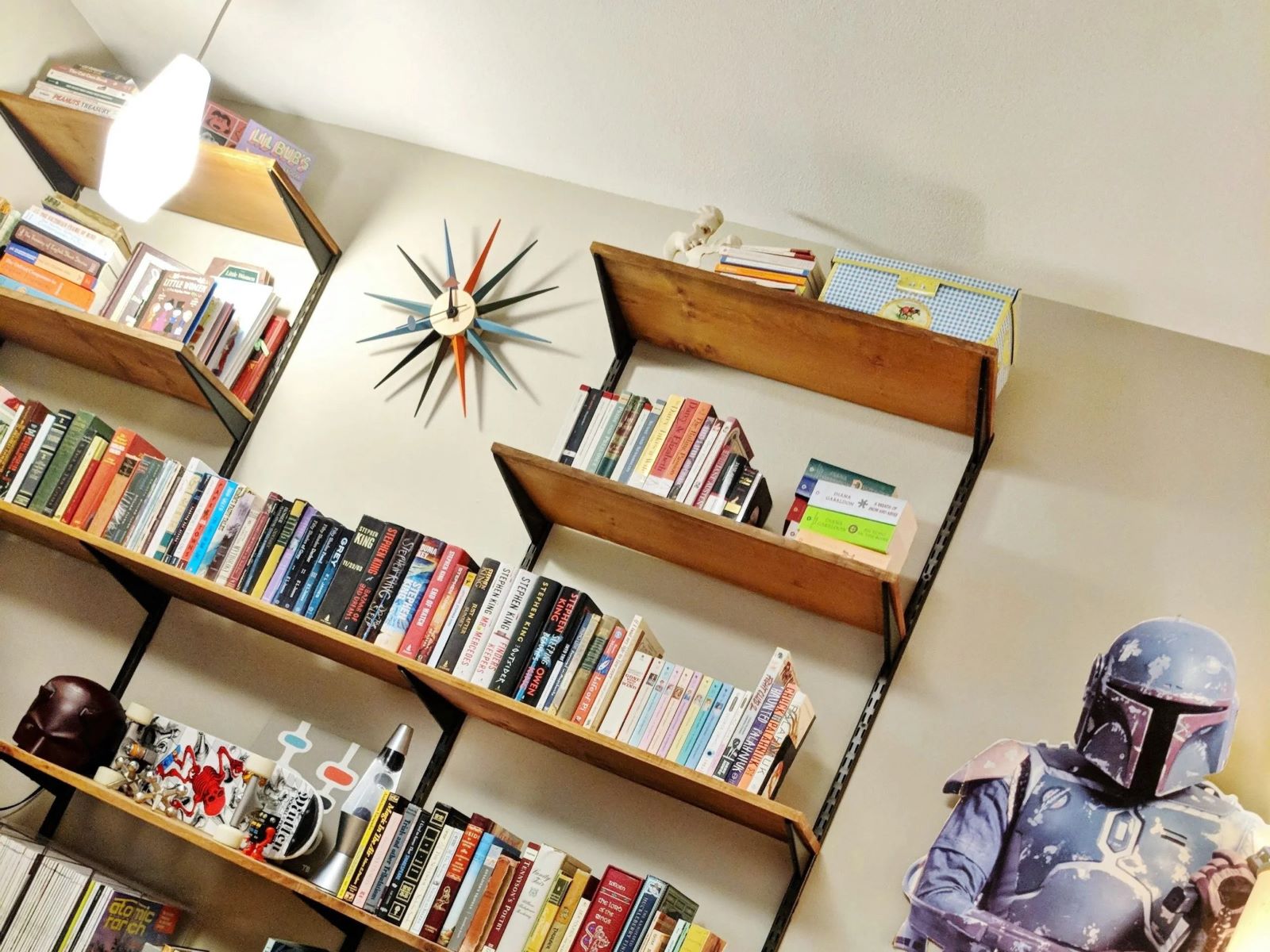
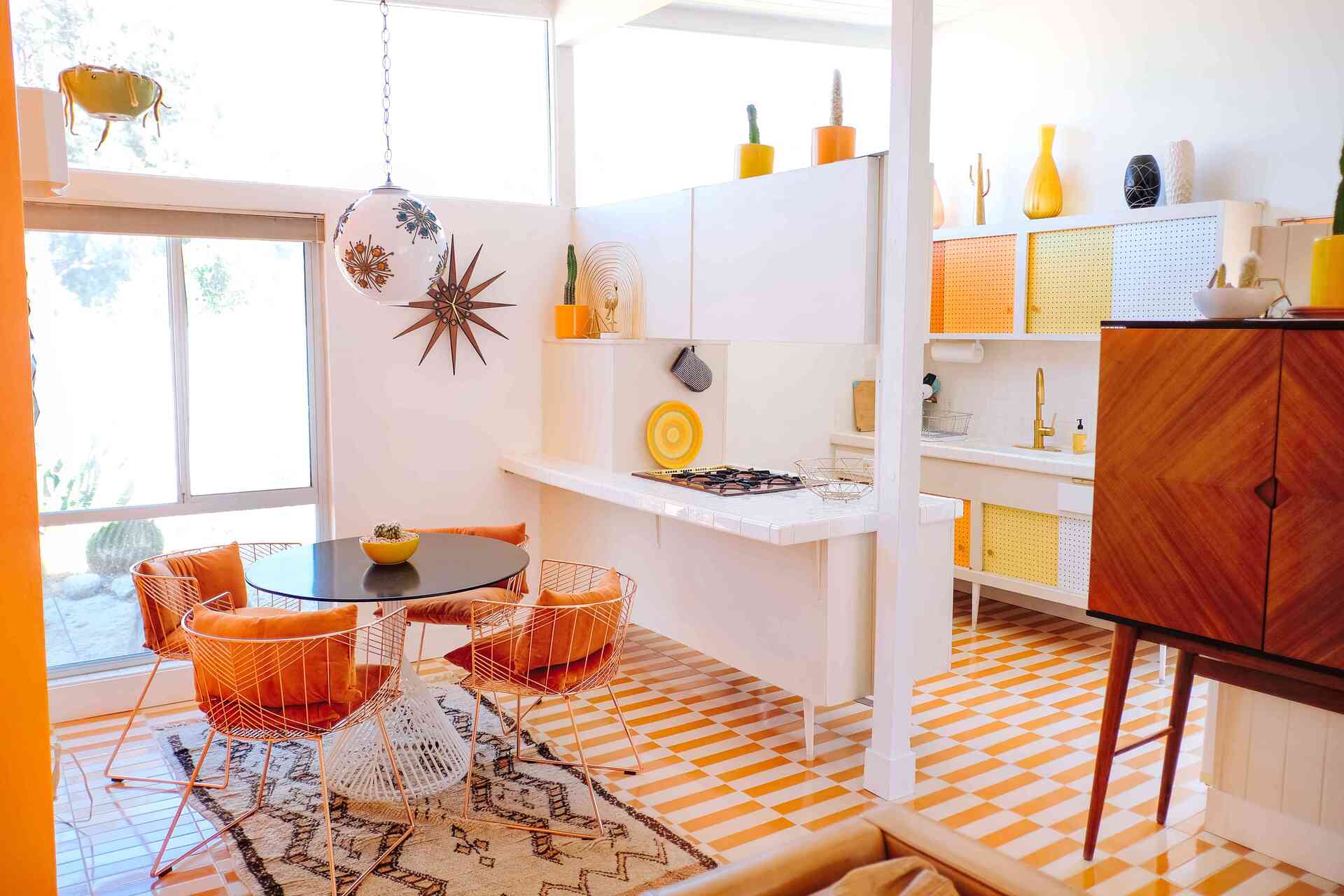
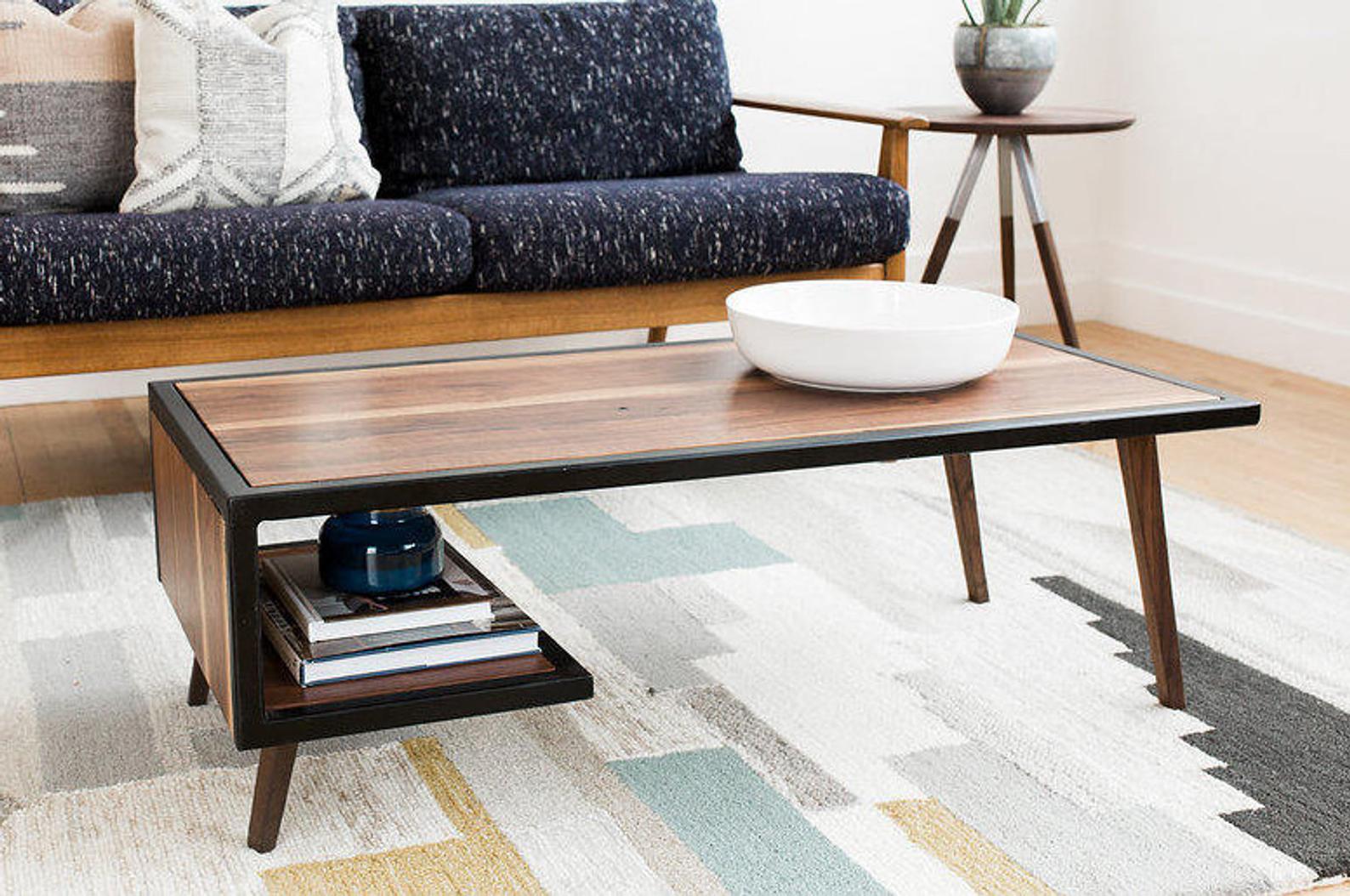
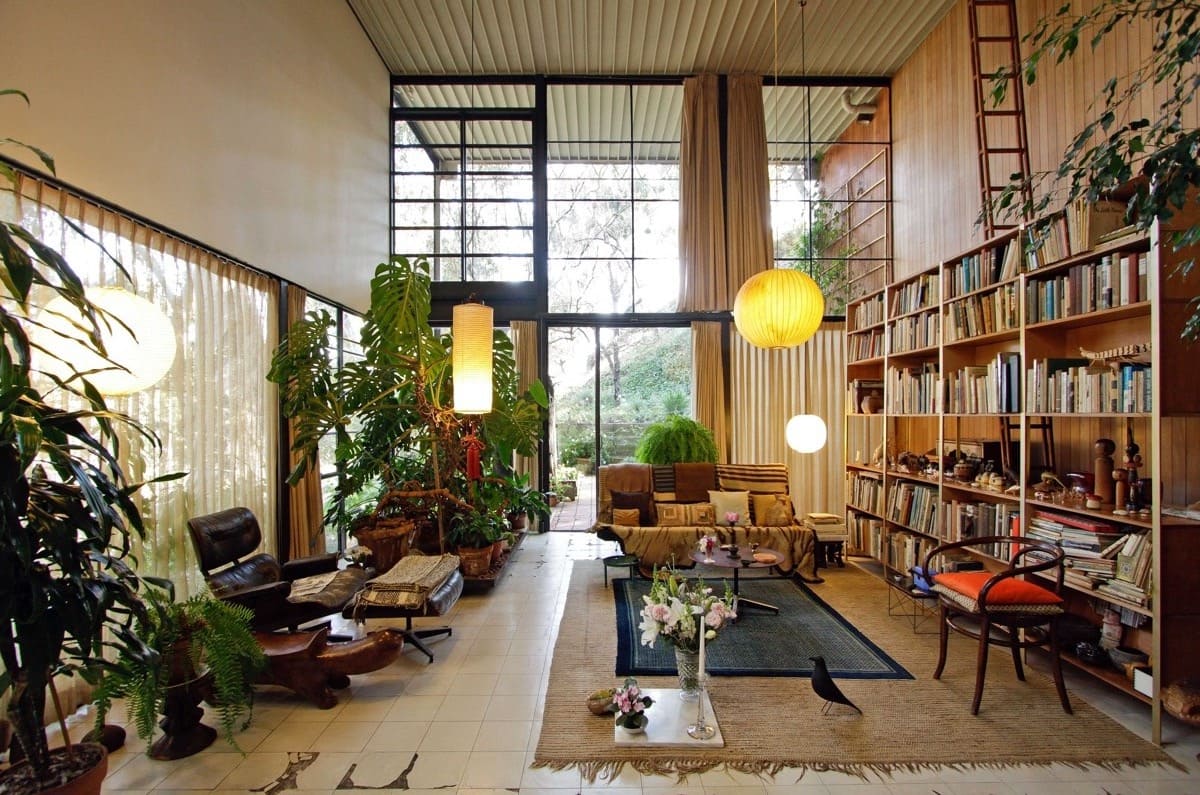
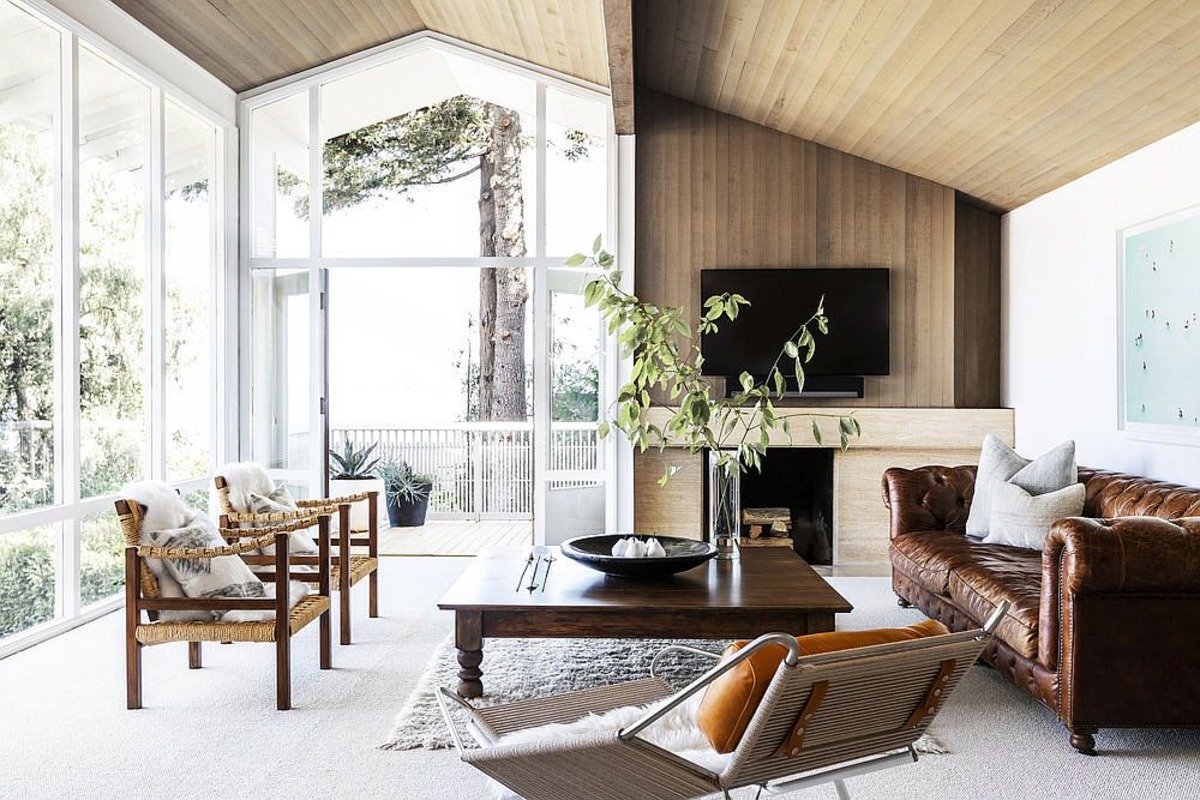
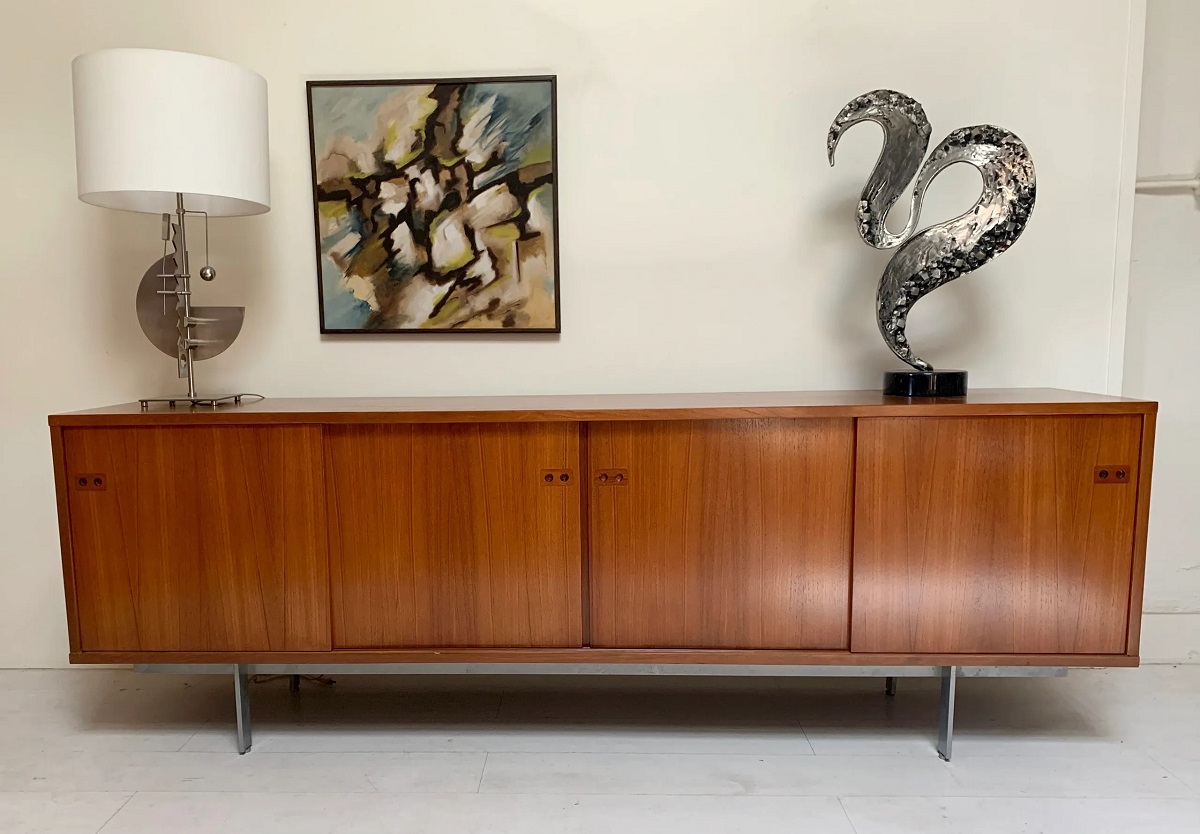
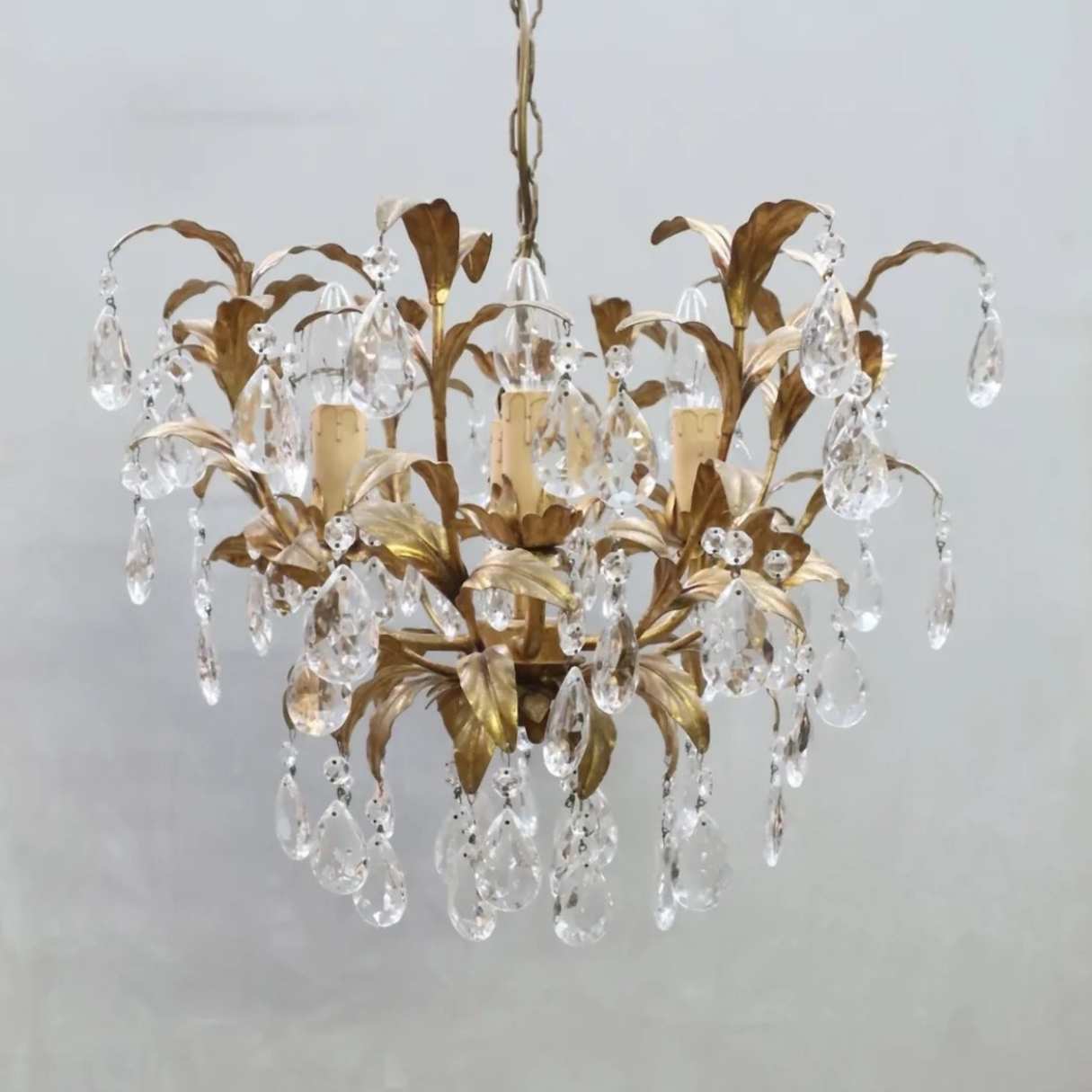
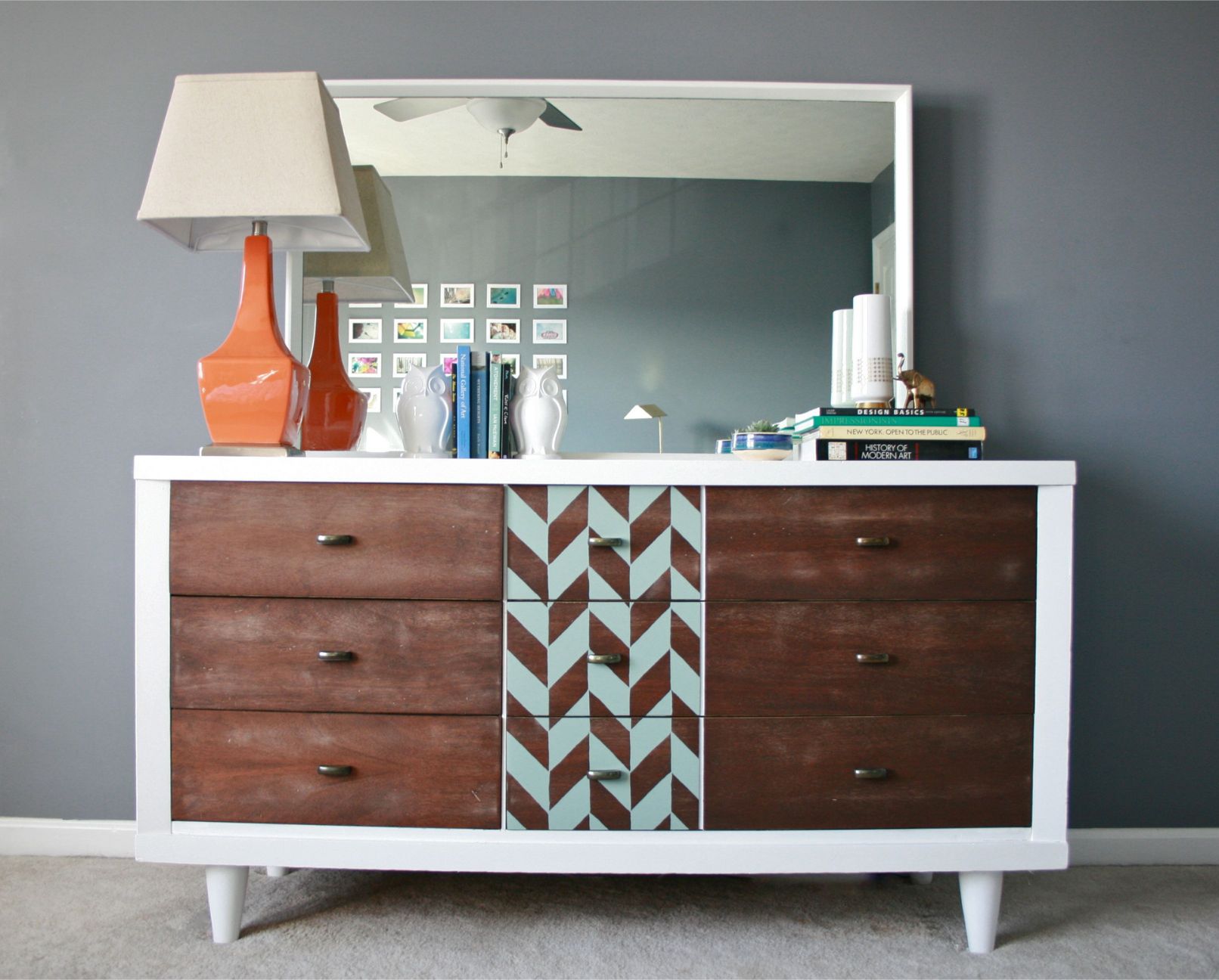
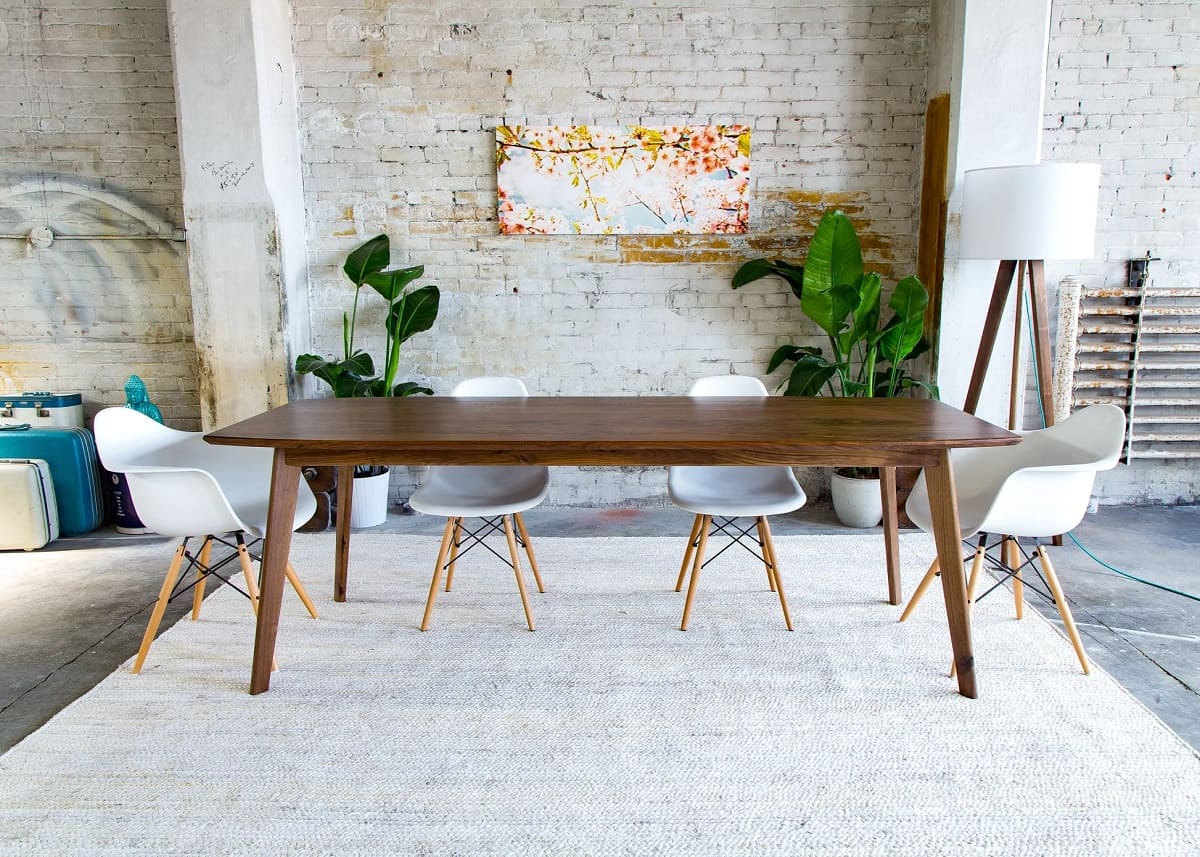
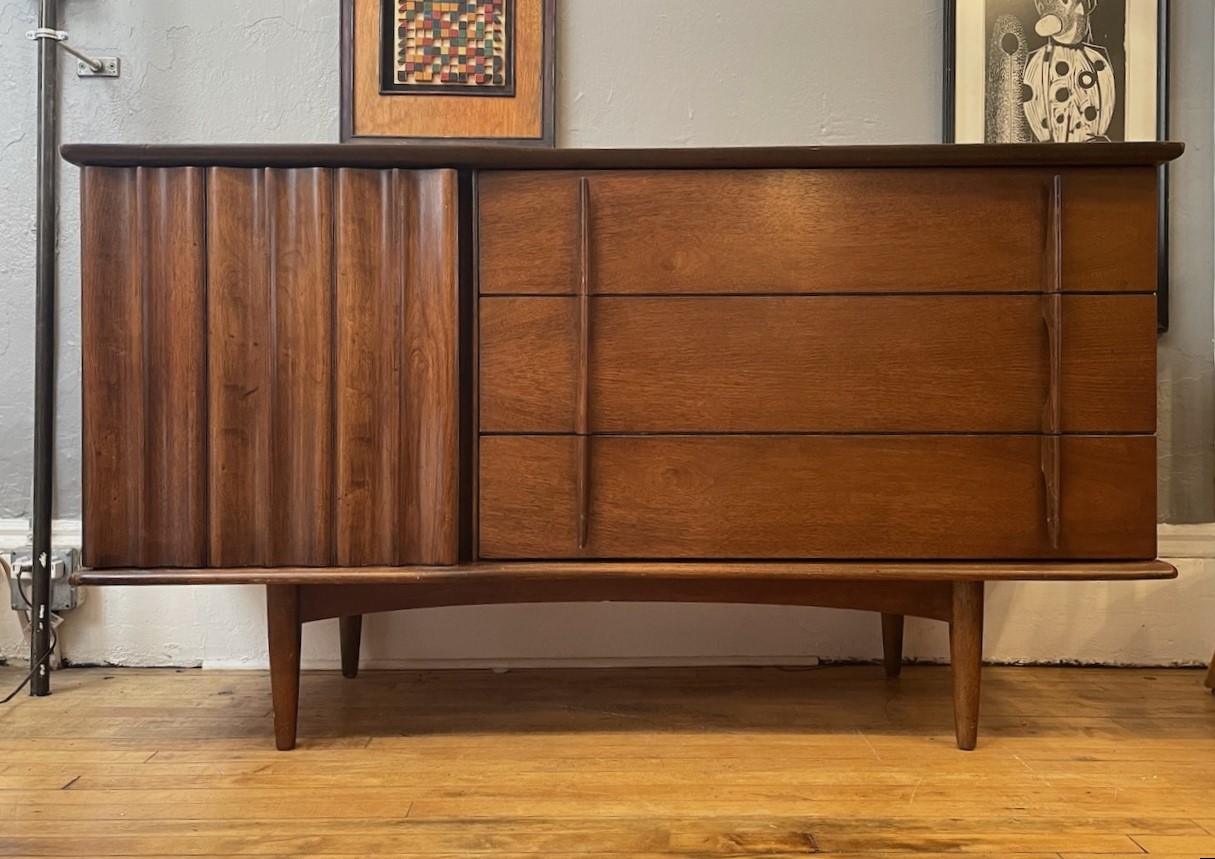
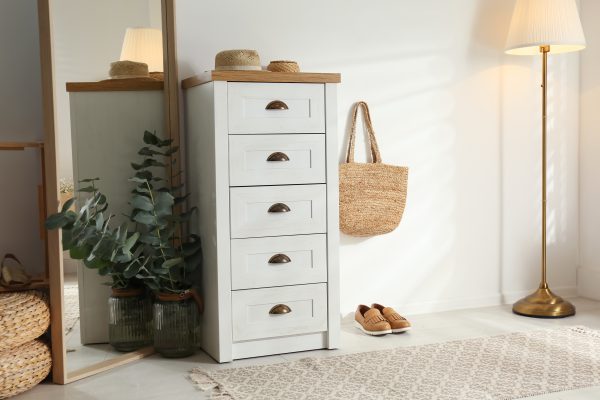

0 thoughts on “The Mid-Century Modern Makeover You Won’t Want To Miss”